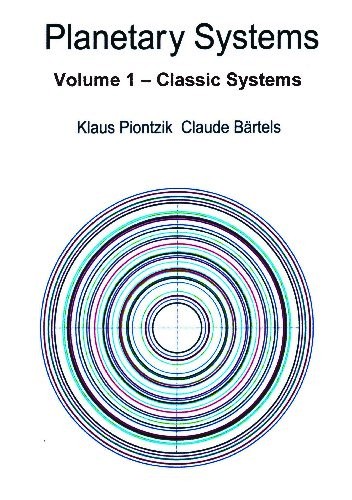| Copyright © Klaus Piontzik | ||
| German Version |
|
The values ??are now linearized to get as perfect a
straight line as possible. The e-function can then be determined directly from this straight line.
If sufficient linear behavior of the function is already present after the logarithmization ( as will be seen later with the Martian moons and the peach), subsequent linearization can be omitted. If there is not yet sufficient linearity, the corresponding unsuitable values ??can still be dealt with. The values ??that do not yet fit are shifted parallel to the x-axis until they lie on the approximation line. The new numbering can then be read directly on the x-axis. In the examples of Mars' moons, planetary orbits and Saturn's rings, only minimal changes are necessary to achieve complete linearity. In all other examples, the values ??sometimes have to make significant jumps in numbering until linearity is achieved. This procedure can result in a new (approximate) numbering of the values. This new approximate numbering is then used for further evaluation. This is important for further treatment in order to achieve the greatest equivalence of the e-function. |

|
200 sides, 23 of them in color 154 pictures 38 tables Production und Publishing: ISBN 978-3-7357-3854-7 Price: 25 Euro |